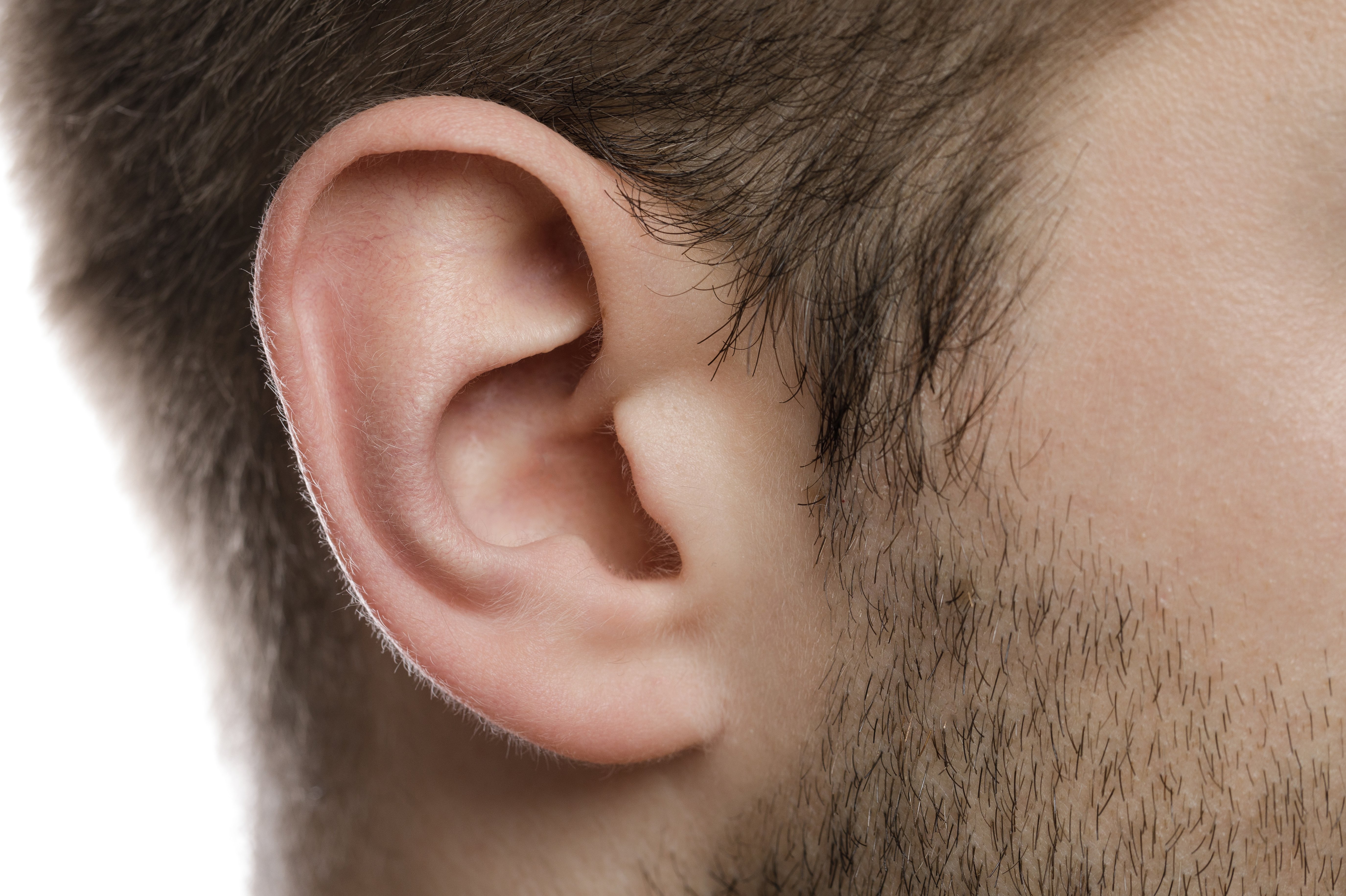
(Vienna, xx March 2022) A synthetic viral vector and a special surgical approach facilitate efficient gene transfer into the inner ear for the treatment of hearing and balance disorders. This new method only requires one surgical procedure, making it more efficient and less invasive than other treatment options. The results of the study, led by the Mass Eye and Ear research centre at Harvard Medical School, and with input from MedUni Vienna, were recently published in the journal Nature Communications.
Researchers at Mass Eye and Ear, a research centre and teaching hospital of Harvard Medical School in the USA, are currently investigating new methods for treating hearing loss and balance disorders. Lukas Landegger from MedUni Vienna's Department of Ear, Nose and Throat Diseases is part of the international team investigating a new gene therapy applied in the inner ear. Using a primate model, the researchers were able to show that the viral vector Anc80L65 efficiently transferred genetic material into the inner ear via a special surgical procedure. This paves the way for a method that can be used in clinical trials to treat hearing loss and balance disorders.
The new results suggest that an adeno-associated virus (AAV) vector called Anc80L65 can be combined with a novel surgical approach to deliver genes into the inner ear. To reach the inner ear, the researchers developed a surgical method to carefully access the so-called round window membrane, which is an opening from the middle ear to the inner ear. Once inside the inner ear, the gene therapy is administered via a viral vector. This approach was inspired by cochlear implant surgery, which also requires access to the inner ear.
Efficient and practical gene transfer into the inner ear
The inner ear is a pristine space with many intricate structures, which means that invasive surgery should be kept to a minimum. Gene therapy is advantageous because it is a one-off treatment, necessitating one single surgical procedure.
In the new study, the researchers examined the effect of two AAV technologies - AAV1, an established vector for use in the cochlea, and the synthetic Anc80L65 - on inner hair cells, the primary sound sensors in the ear. The surgical and molecular aspects of delivery to the inner ear were found to be safe and well tolerated, which the authors believe opens the door for future applications in humans.
Hearing loss, a global epidemic that goes untreated
Hearing loss affects more than 400 million people worldwide. The most common form of hearing loss is called sensorineural hearing loss, which is usually caused by damage to the sensitive structures in the inner ear and destruction of the hair cells responsible for hearing. More than half of all cases of childhood deafness are genetic and caused by mutations in over 120 different genes, increasing the need for a gene therapy solution. Balance disorders may also originate in the inner ear and can be treated with a similar approach.
Development of treatments for incurable diseases
Studies using this surgical approach and AAV to test gene therapies for some of the specific genes that cause hearing loss in animal models are ongoing, in the hope that this research may one day translate into human treatments. The technology is being studied not only to add genes but also to knock out genes that are toxic to hair cells.
Service: Nature Communications
Choice of vector and surgical approach enables efficient cochlear gene transfer in nonhuman primate
Eva Andres-Mateos, Lukas D. Landegger, Carmen Unzu, Jean Phillips, Brian M. Lin, Nicholas A. Dewyer, Julio Sanmiguel, Fotini Nicolaou, Michelle D. Valero, Kathrin I. Bourdeu, William F. Sewell, Rudolph J. Beiler, Michael J. McKenna, Konstantina M. Stankovic & Luk H. Vandenberghe
https://doi.org/10.1038/s41467-022-28969-3